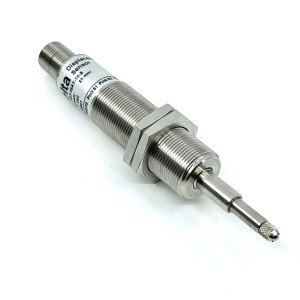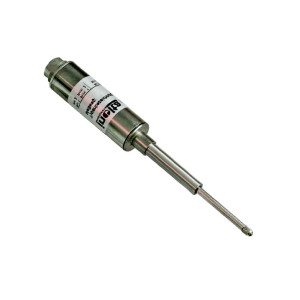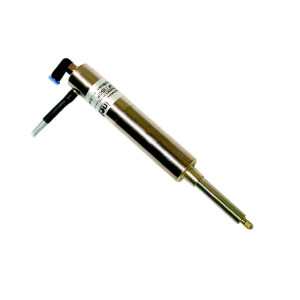Spring-return LVDT AC

AC LVDT with spring return M18 external thread

Short stroke LVDT with spring return

AC short stroke LVDT spring return

AC LVDT with pneumatic spring return

AC LVDT with spring return
Frequently Asked Questions About AC Operated Spring Return LVDTs?
Learn about linear position sensors with spring-return mechanisms, their automatic positioning features, and applications in dimensional gauging and quality control systems.
An AC spring-return LVDT is a linear position sensor with an internal spring mechanism that automatically returns the core to its default position when no external force is applied. It uses AC excitation to provide highly accurate, contactless displacement measurement.
The sensor contains a spring-loaded core that extends or compresses based on contact with a surface. As the core moves, it changes the induced voltages in the LVDT's secondary coils, producing a differential AC output proportional to displacement.
Self-centering or self-retracting core, Ideal for gauging and contact measurement applications, Frictionless, wear-free operation, High repeatability and resolution, Simple mechanical integration (no external actuation needed).
AC spring-return LVDTs require an AC excitation voltage, typically 1–10 V RMS at a frequency of 2–10 kHz, depending on the specific model.
They generate a differential AC voltage that varies linearly with the position of the spring-loaded core. This output needs to be processed using an external signal conditioner.
They're commonly used in: Dimensional gauging systems, Precision inspection tools, Manufacturing quality control, Laboratory measurement setups, Material thickness or surface profiling.
No. The internal spring mechanism automatically pushes the core against the target surface, eliminating the need for external actuators or linkages.
Yes. Many are built with rugged enclosures and sealed designs to handle industrial conditions, including dust, vibration, and temperature fluctuations.
Typical ranges vary from ±1 mm to ±25 mm, depending on the sensor model and design.
Yes. These LVDTs require a signal conditioner or LVDT controller to supply the excitation voltage and convert the output into a standard analog or digital signal.